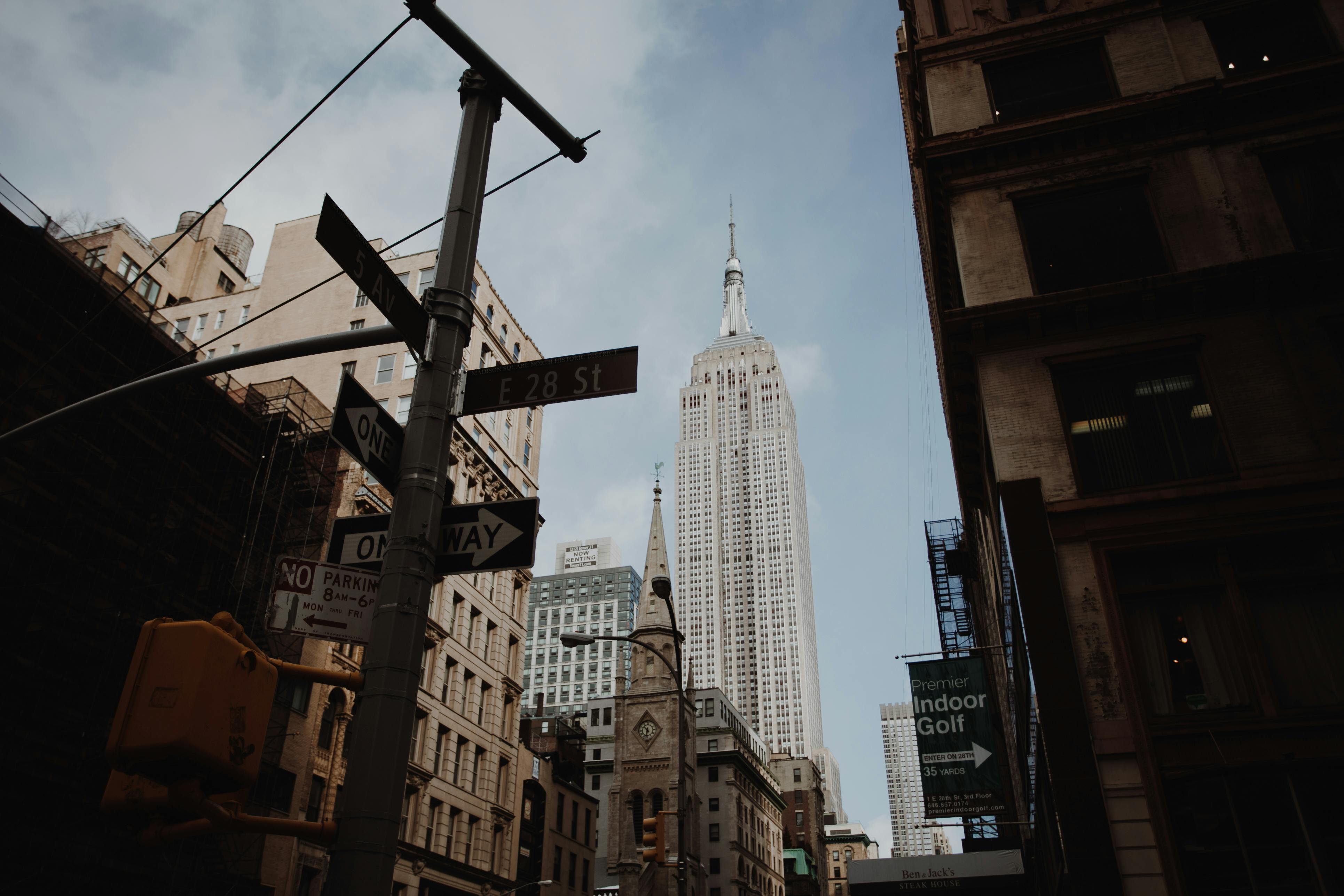I adore the Riviera Maya as it is sometimes called, for its simple beauty and wonderful energy, the perfect place for a spiritual journey! Tulum’s white limestone beaches and sapphire-blue Caribbean waters are also perfect for sunbathing, swimming, and snorkeling.
I would like to share a bit of the history of the place, at least from the point of view of archaeologists. Most people’s experience in this area is often limited to a visit to Cancun, and although it is a beautiful area, it cannot be compared to the rest of the coast which is largely undeveloped. Especially the southernmost area comprising the Sian Kaan Biosphere, which is a protected reserve.
“Sian Kaan” means “where the sky is born” and is the habitat of thousands of birds as well as all the terrestrial and aquatic animals found in the coastal zone. Yucatan is also famous for its cenotes; Crystalline freshwater pools typical of Mother Nature that are immersed in Mayan history and ritual. These cenotes are actually windows to the vast underground rivers that flow underground through submerged caves. Cenotes have provided fresh water to earth’s inhabitants for millennia. In the Tulum area the best cenotes are located south of Tulum Pueblo and along the road to the Mayan ruins of Coba.
When the Spanish arrived at the walled fortress of Tulum in 1518, they considered it as big and beautiful as their beloved Seville. You may have been struck by its location or the beautiful painted facades of its buildings. Tulum’s name is more recent than its older structures and translates, not surprisingly, as “wall” from the Mayan language. The original name of the city is believed to have been Zama or “place of dawn”, in reference to its position by the sea facing east.
The approximate date of construction of the city is not clear. Although it is believed that it was built around the year 300 a. C., most of the buildings seem to date from between 1200 and 1500 AD. C., when the city was inhabited by the Mayans and acquired its greatest importance. With its strategic position on top of a cliff, Tulum made an excellent fortress. The city is surrounded by walls on three sides with the fourth side well protected by the sea. When the Spanish arrived within 70 years of their conquest, Tulum was completely abandoned, although some Mayan pilgrims continued to visit the city.
Also fascinating is the ancient city of Cobá. Although Cobá, located 45 km (28 miles) northwest of Tulum, is less well known than Tulum or Chichén Itzá, it is one of the oldest Mayan cities and predates other better-known cities in the area. Coba is located near five of the largest lakes in the Yucatan Peninsula. It covers an area of approximately 70 square km (28 square miles). Most of the buildings in Cobá are unrestored, which is not surprising given that there are approximately 15,000 structures throughout the city.
The five lakes of Cobá are undoubtedly the main reason why the Mayans settled here. Cobá reached its height around the year 600 AD. C., but it was mysteriously abandoned three hundred years later. Some archaeological evidence suggests that around the 8th century, when the city’s population was at its peak, it could have had as many as 55,000 residents!
Overall this is a wonderful place to spend time looking at yourself and what you have created in your life. When visiting on a spiritual journey, allow plenty of time for self-reflection, ceremony and ritual, swimming and dancing, and a sunset catamaran ride.
